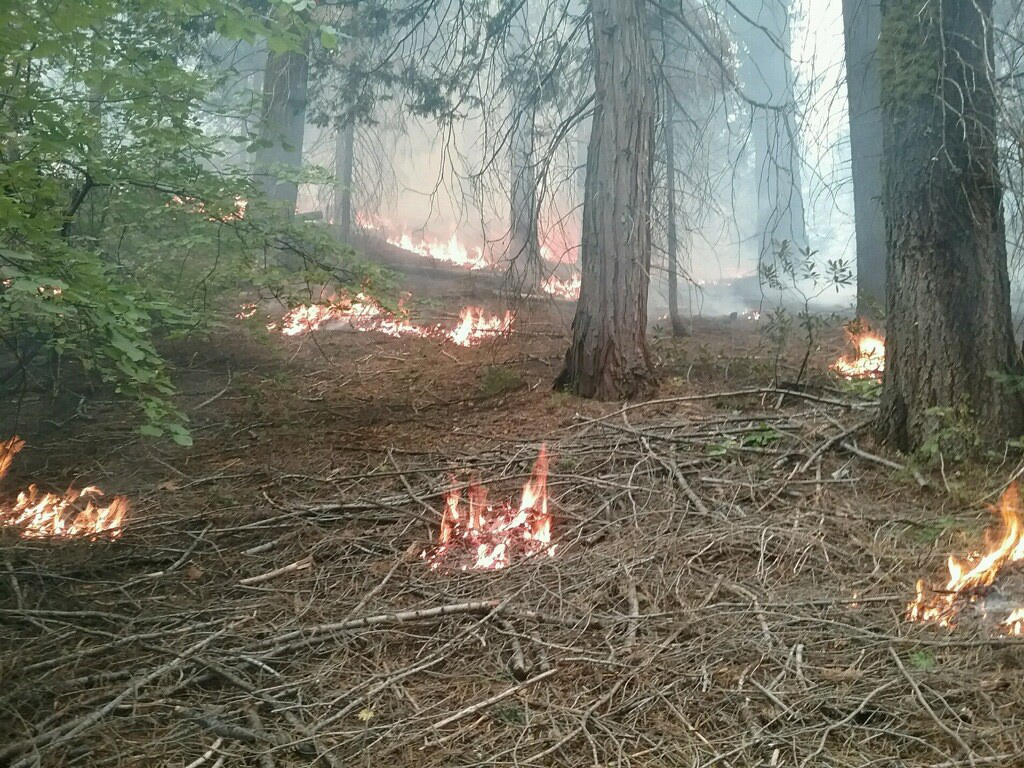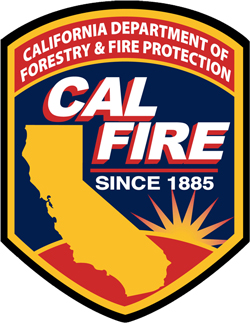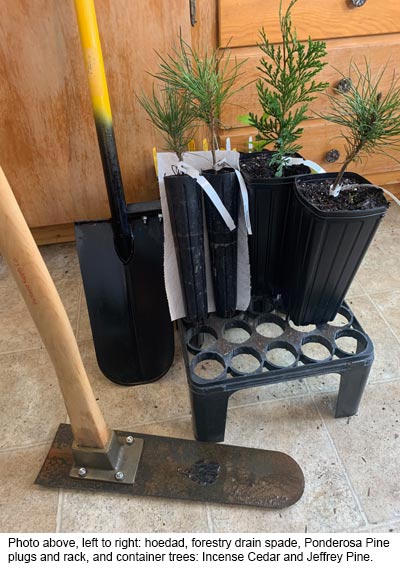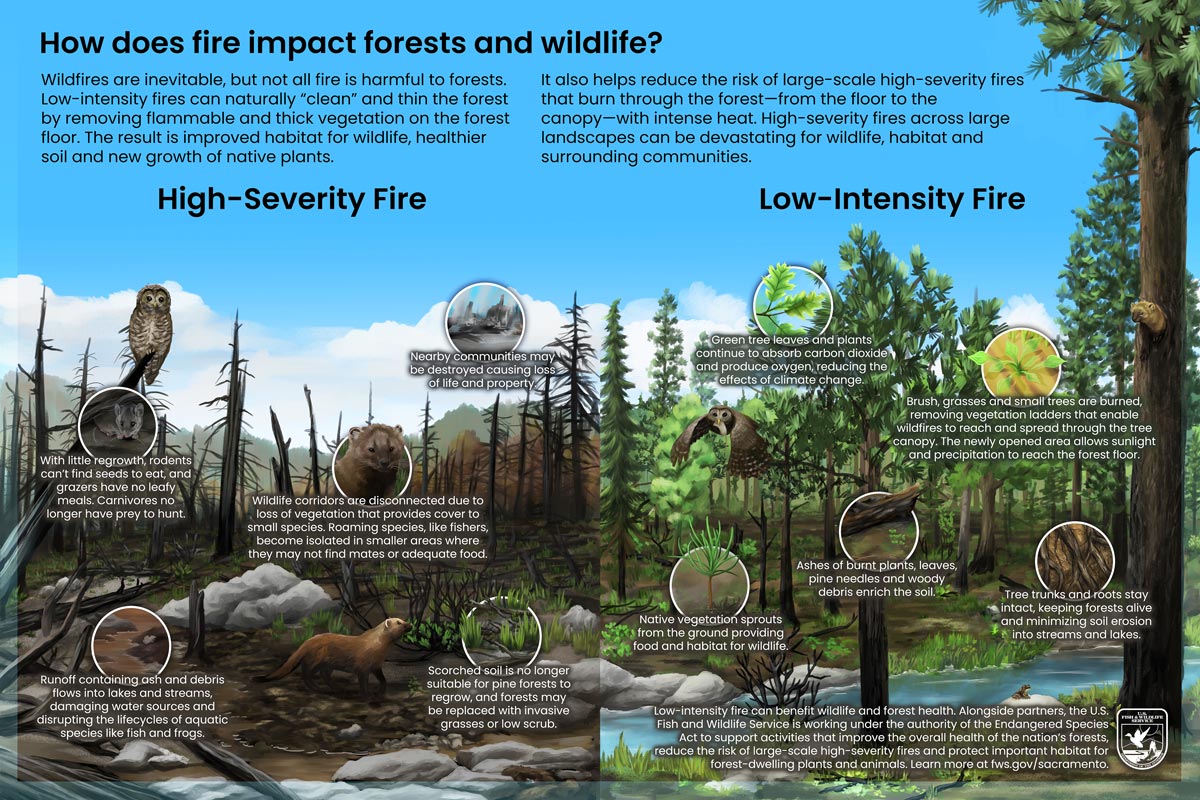First-of-its-kind fund to offset losses if prescribed or cultural burn damages property
June 22, 2023 – By Pamela Kan-Rice – The State of California rolled out a first-of-its-kind approach to curbing the state’s catastrophic wildfire problem on June 19 by providing new protections for prescribed fire and cultural burning practitioners. The $20 million allocated for the “Prescribed Fire Liability Claims Fund Pilot” will cover losses in the rare instance that a prescribed or cultural burn escapes control.
California Senator Bill Dodd authored the 2022 bill (Senate Bill 926) that made this fund possible, continuing his many years of leadership on wildfire and prescribed fire-related legislation.
“Prescribed fire is a cost-effective way to minimize the scope and severity of wildfires,” said Sen. Bill Dodd, D-Napa. “It’s a tool that has been used for millennia by Native American tribes and one that will continue to play a big role in wildfire prevention. The rollout of this fund is a big step toward keeping California communities safe.”
The use of prescribed fire and cultural burning — sometimes collectively called “good” or “beneficial” fire — is a key component of wildfire risk management in California. These projects reduce hazardous fuels, help restore ecological and cultural values, and make our communities safer and our ecosystems more resilient to wildfire. However, lack of liability insurance for practitioners has been a major barrier to increasing the use of prescribed fire, even as firefighters, fire scientists, at-risk communities and state, federal and tribal leaders call for more.
The Prescribed Fire Claims Fund pilot project removes a significant barrier to obtaining insurance for potential damages from a prescribed fire or cultural burn conducted by a certified prescribed fire burn boss or a cultural fire practitioner,” said CAL FIRE Director/Chief Joe Tyler. “As we continue to focus on increasing the resiliency of the state’s forests, creating a pathway for private burn bosses to have the significant protection this claims fund provides is a critical step toward reaching the goals of the Governor’s Wildfire and Forest Resilience Action Plan.”
The fund will provide up to $2 million in coverage for prescribed fire projects led by a qualified burn boss or cultural practitioner. The fund is meant to demonstrate that prescribed fire, when carefully planned, resources and implemented, is a low-risk land management tool that mitigates the larger, more damaging risks of high-severity wildfires. The fund is the first of its kind nationally and is the result of several years of collaboration by a diversity of partners working with Senator Dodd’s Office, including The Nature Conservancy, CAL FIRE, the University of California Cooperative Extension, the California Department of Insurance, tribal representatives and many others.
“Launching this program is a key step in scaling ecologically based forest management to reduce the risk of megafires. We appreciate Senator Dodd’s leadership and the expedient work of CAL FIRE and beneficial fire practitioners to develop this fund as the next fire season quickly approaches,” said Dan Porter, The Nature Conservancy’s Forest Program director.
The fund will also advance cultural burning, helping Indigenous Californians restore their connection to fire.
“Cultural burning is an essential practice to meet diverse objectives, including biodiversity stewardship, ecological health and community safety. The availability of this pilot fund provides cultural fire practitioners a safeguard against financial risk in the unlikely event of an escaped burn. This is a significant incentive to support revitalization of burning traditions following the legacy of policies banning such practices,” said Don Hankins, professor of geography and planning at CSU Chico and co-founder of the Indigenous Stewardship Network.
This fund is part of a larger vision for restoring beneficial fire across California’s fire-adapted ecosystems. Last year, the state released its Strategic Plan for Expanding the Use of Beneficial Fire, which identified this claims fund as a priority. The state has also rolled out a state-certified burn boss program, changed the liability standard for prescribed fire, and made investments in prescribed burn associations, agency staffing, and other related efforts.
“We are using every tool to protect Californians, including using prescribed fire to fight wildfires,” said Insurance Commissioner Ricardo Lara. “The Prescribed Fire Claims fund will be critical to assisting our tribal groups, nonprofits and private landowners who are leading the way. This is an example of government being innovative and leading by example. The data that we get from the claims fund is going to be essential to our on-going education with insurance companies to support insuring this important work.”
Lenya Quinn-Davidson, Fire Network director for the University of California Agriculture and Natural Resources, says the recent momentum is unparalleled.
“Californians are desperate to have a better relationship with fire, and only with innovative approaches like this claims fund will we be able to unleash the good work that needs to happen,” said Quinn-Davidson. “It’s a challenging time to be working on fire in California, but also an incredibly inspiring time.”
More information about the Pilot Prescribed Fire Claims Fund can be found on the CAL FIRE Website at https://www.fire.ca.gov/what-we-do/natural-resource-management/prescribed-fire, including frequently asked questions and an enrollment form for practitioners.
Source: UC ANR


 enters a town.
enters a town.

 What pyrodiversity looks like: a mosaic of burned, partially burned, and living trees after a wildfire in Montana.
What pyrodiversity looks like: a mosaic of burned, partially burned, and living trees after a wildfire in Montana.
 landscapes on private properties and substantial areas of the adjoining Sierra National Forest were affected. This article explains how to plant conifer seedlings for post-fire forest restoration.
landscapes on private properties and substantial areas of the adjoining Sierra National Forest were affected. This article explains how to plant conifer seedlings for post-fire forest restoration. Planting a potted seedling is straightforward. Clear the spot of any slash to expose the underlying soil. A site on the shady side of a stump or log is perfect. With a post-hole shovel (a drain spade), dig a hole about twice the volume of the tree pot and deep enough so that the pot soil matches the surrounding ground level. Tip the potted plant over, letting it slide out, and settle it into the hole. Refill the hole with native soil.
Planting a potted seedling is straightforward. Clear the spot of any slash to expose the underlying soil. A site on the shady side of a stump or log is perfect. With a post-hole shovel (a drain spade), dig a hole about twice the volume of the tree pot and deep enough so that the pot soil matches the surrounding ground level. Tip the potted plant over, letting it slide out, and settle it into the hole. Refill the hole with native soil.